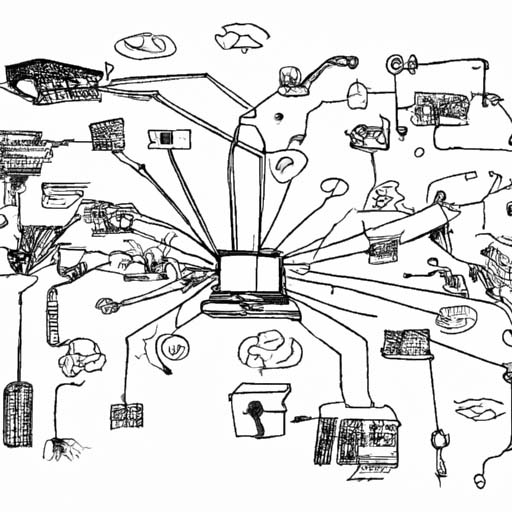TLDR:
An artist in Michigan raised concerns about AI image generators using copyrighted material without permission. He asked an AI image generator called Midjourney to create images based on movie screenshots, resulting in images that closely resembled copyrighted material. Similar tests conducted by other artists and reporters also raised questions about the violation of copyright laws by AI companies. A.I. companies argue that using copyrighted material falls under “fair use” and that reproducing copyrighted material too closely is a bug they are trying to fix. However, artists and experts argue that copyrighted material still slips through AI systems’ guardrails. The issue of copyright violation by AI companies remains a contentious topic.
Reid Southen, a movie concept artist, became intrigued by the power of AI image generators to transform text prompts into images. However, he became concerned about whether these tools were violating copyright laws and exploiting artists when he learned that AI systems were trained on other people’s artwork. He decided to test Midjourney, an AI image generator, with various prompts, including requesting an image of Joaquin Phoenix as the Joker from the 2019 film. The resulting image was nearly identical to a frame from the movie.
The tests conducted by Southen and other artists, AI watchdogs, and reporters highlight the issue of training data used to create AI systems and whether AI companies are violating copyright laws. These concerns have led to several lawsuits, including one by The New York Times against OpenAI for copyright infringement. AI companies argue that training on publicly accessible data falls under “fair use,” while reproducing copyrighted material too closely is considered a bug. However, the problem of reproducing copyrighted material can occur even with data that rarely appears in training datasets.
AI companies claim to have implemented guardrails to prevent their systems from producing copyrighted material. However, critics argue that copyrighted material still slips through despite these measures. For example, when The New York Times journalists asked ChatGPT to generate an image of SpongeBob SquarePants, the AI system produced an image remarkably similar to the cartoon character. Even when the character’s name was omitted from the request, the AI system still created an image resembling the copyrighted work.
Professor Kathryn Conrad, concerned about AI systems replacing and devaluing artists’ work, conducted her own tests. She asked Microsoft Bing for an “Italian video game character” without mentioning Mario, the well-known character owned by Nintendo. The image generator created by Microsoft produced artwork closely resembling Mario. However, recent tests suggest that Microsoft may be tightening its guardrails to prevent reproducing copyrighted material more significantly.
The issue of copyright violation by AI companies remains unresolved, with AI companies arguing fair use and attempting to fix the bug of reproducing copyrighted material too closely. However, artists and experts argue that the safeguards implemented by AI companies are not sufficient to prevent such violations.
